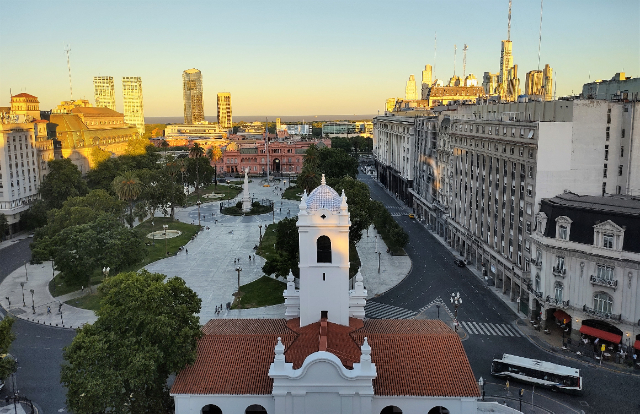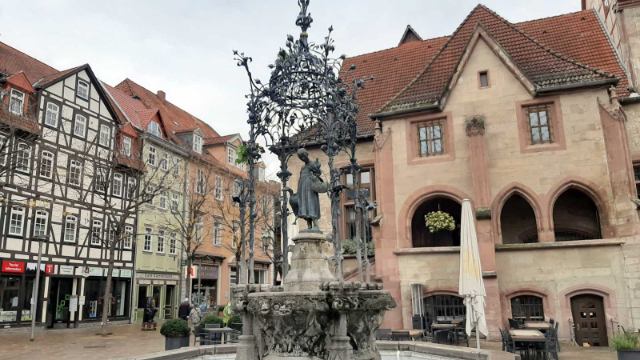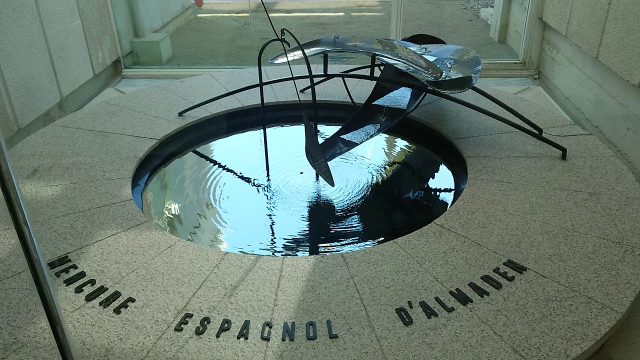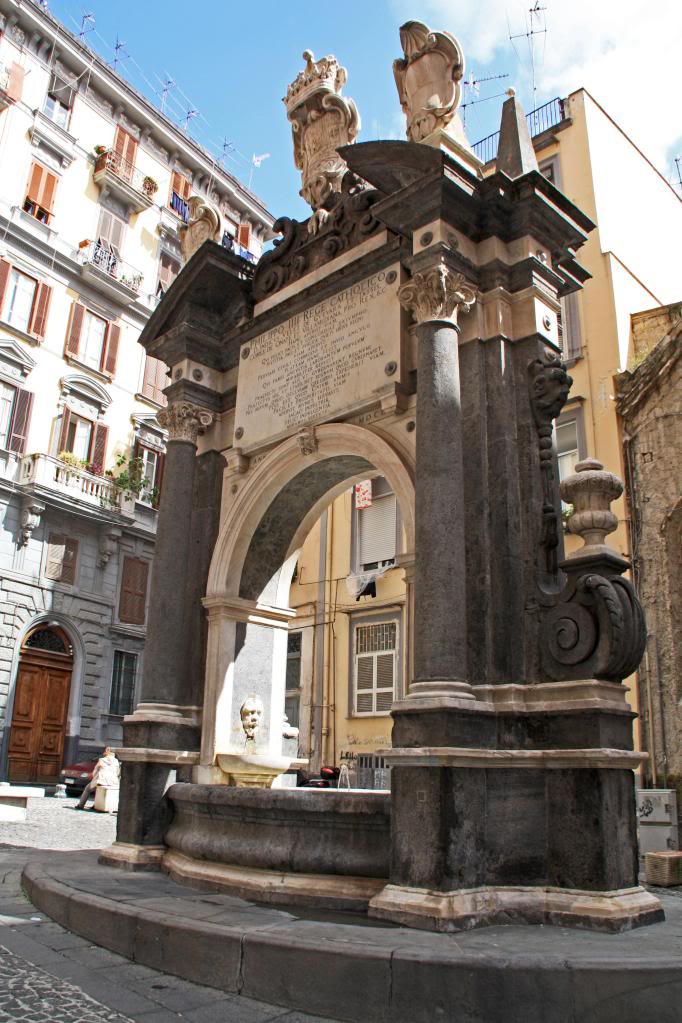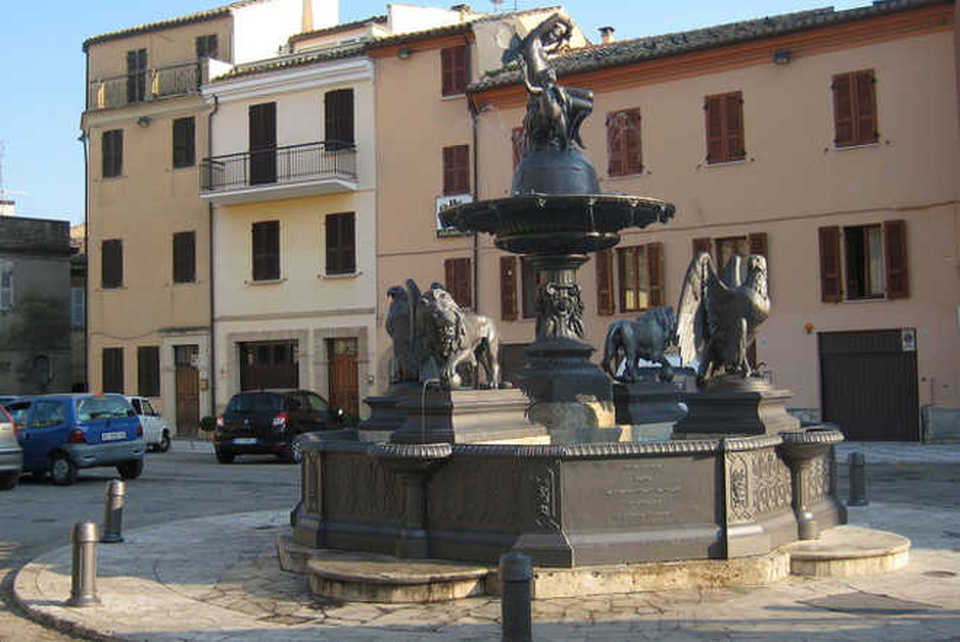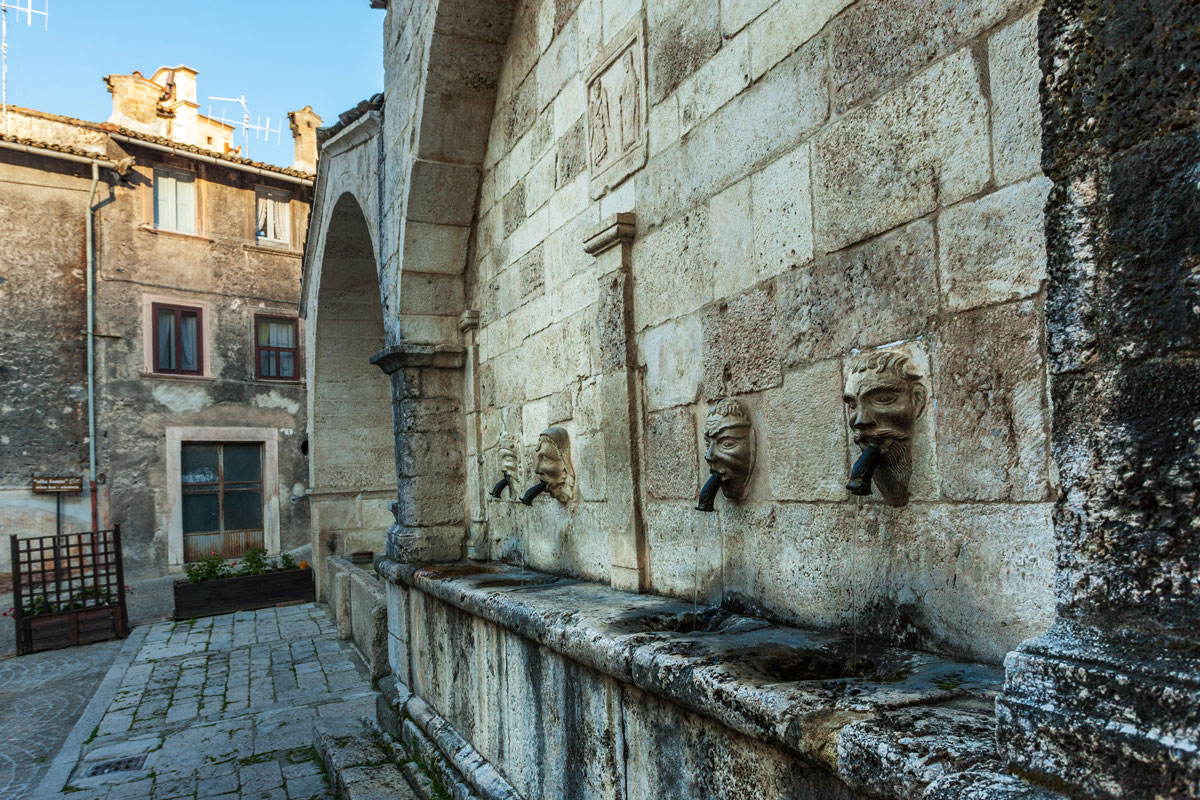The Plaza de Mayo is the most famous square in Buenos Aires, located in the historic center of the city. The square has been the site of many political and social demonstrations throughout Argentine history, and has been the focus of important political and cultural events.The square is surrounded by some of the city’s most important government buildings, such as the Casa Rosada, the residence of the Argentine president, and the Metropolitan Cathedral of Buenos Aires, where Pope Francis was baptized.The history of the Plaza de Mayo dates back to 1580, when the city of Buenos Aires was founded. The square was named after the May Revolution of 1810, which led to Argentina’s independence from Spain. Since then, the square has been the site of many political and social demonstrations, including the march of the Mothers of the Plaza de Mayo, a group of women who demanded justice for their children who disappeared during the military dictatorship of the 1970s.The square is also a major tourist attraction due to its breathtaking architecture and central location. The Buenos Aires Metropolitan Cathedral, for example, is an architectural masterpiece of neoclassical style, housing a vast collection of religious artwork.The Plaza de Mayo is also famous for its central fountain, the Pirámide de Mayo, an 18-meter-high obelisk erected in 1811 to celebrate Argentine independence.The square is surrounded by restaurants, cafes and stores, making it an ideal place for a stroll or a relaxing stop during a visit to the city. The square is also easily accessible by public transportation, with numerous bus stops and subway stations nearby.In short, the Plaza de Mayo is one of the most important and fascinating places in Buenos Aires, a place where history, politics, and culture come together to create a unique and evocative atmosphere.
